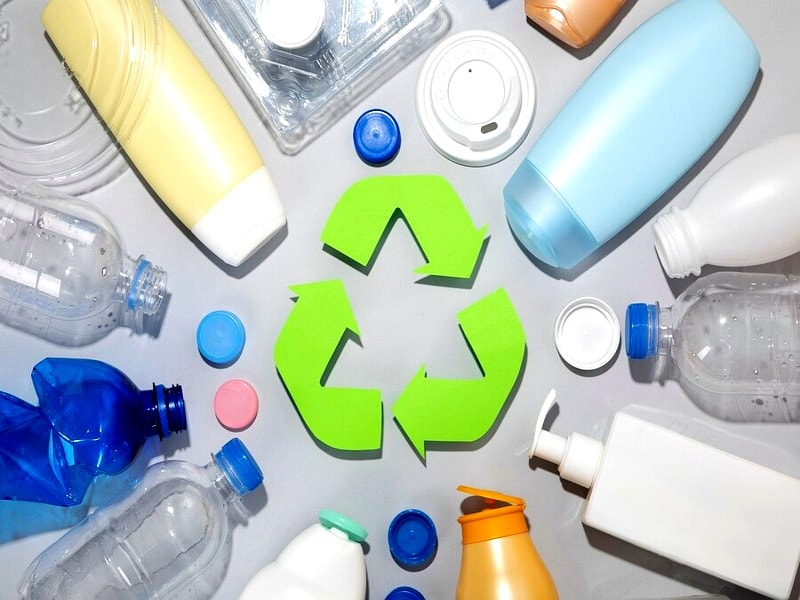Plastic pollution is harming oceans and marine life while also filling trash sites with non-biodegradable plastics. Petroleum based plastics used in food packaging and plastic bags further add to carbon dioxide emissions and municipal solid waste. According to the United Nations, we produce about 400 million tons of plastic waste every year and much of it ends up in the environment.
In response to these growing environmental concerns, Biodegradable plastics and compostable packaging made from renewable raw materials like starch granules, potato starch, and lactic acid are rising as environmentally degradable plastics that offer new hope. Unlike oxo degradable plastics or other non-biodegradable plastic materials, biodegradable polymers and biodegradable bioplastics are designed to break down under specific composting conditions, reducing their impact on waste streams and the food chain.
In this article, we’ll explore what makes a plastic product biodegradable, compare biodegradable plastics to degradable and recyclable plastics, and highlight their role in waste management, the packaging sector, and industrial composting systems. Let’s dive in.
What is Biodegradable Plastic? (A Manufacturer / Supplier Guide)

Biodegradable plastic is a type of plastic made from natural materials like plant waste, starch granules, or renewable raw materials. These plastics break down over time with the help of micro organisms or enzymes. Instead of staying in the environment for hundreds of years like petroleum-based plastics, they decompose into safe substances like carbon dioxide, water, and biomass under the right composting conditions.
Types of Biodegradable Plastics
To better understand how biodegradable materials help reduce plastic waste, let’s look at some common types used in packaging:
- PLA (Polylactic Acid): PLA is composed of safe substances like carbon dioxide, water, and biomass derived from natural materials such as cornstarch or sugarcane. It’s used in food packaging, compostable packaging, and other plastic products.
- PHA (Polyhydroxyalkanoates): PHA is made by bacteria using plant material. It’s often used for biodegradable plastics suitable for disposable items like food packaging or plastic bags.
- PBS (Polybutylene Succinate): PBS is another type of biodegradable polymer made from renewable resources. It breaks down naturally and is used in packaging materials and food waste bags.
How Biodegradable Plastics Work
Biodegradable plastics help reduce plastic pollution and support better waste management. Biodegradable plastics are designed to break down in a composting environment, such as a commercial composting or industrial composting facility.
With the right composting conditions like heat, moisture, and microbes, their polymer chains break apart into smaller parts. These turn into harmless things like water, carbon dioxide, and biomass, instead of leaving behind toxic chemicals or microplastics.
What is Degradable Plastic?
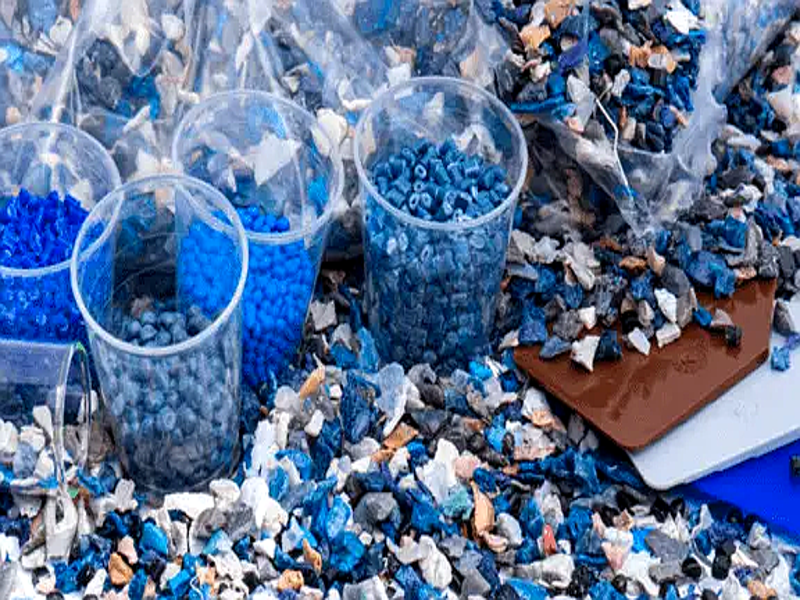
Degradable plastic is made from synthetic or petroleum-based plastics. It breaks down over time, not by nature, but because of added chemicals. These additives react to light, heat, or oxygen. A process called photo-degradation, thermal degradation, or oxidation. This means the plastic material breaks into tiny bits, but those pieces may still pollute the environment, harm marine life, or enter the food chain.
Biodegradable vs. Degradable: What’s the Difference?
Biodegradable plastics, like PLA or biodegradable bioplastics, come from renewable resources like starch granules or plant waste. They decompose in composting environments with the help of micro organisms. When handled properly in industrial composting systems or commercial composting, they turn into water, carbon dioxide, and biomass.
Degradable plastics? Not quite. They rely on chemical reactions, not microbes. They might shrink or crack, but they don’t become safe compostable plastics or blend back into natural cycles. According to a report, oxo-degradable plastics often create more environmental concerns because they fragment but do not fully degrade.
So, while degradable plastic might seem like a solution to plastic waste, it often just adds to the problem in a different form. It still contributes to plastic pollution, greenhouse gas emissions, and waste streams, especially when mixed in with recyclable plastics.
Want to keep your packaging sector choices truly sustainable? Focus on biodegradable materials and composting conditions that support safe breakdown, especially in municipal composting or home composting setups.
Benefits of Biodegradable Plastics or Compostable Plastics
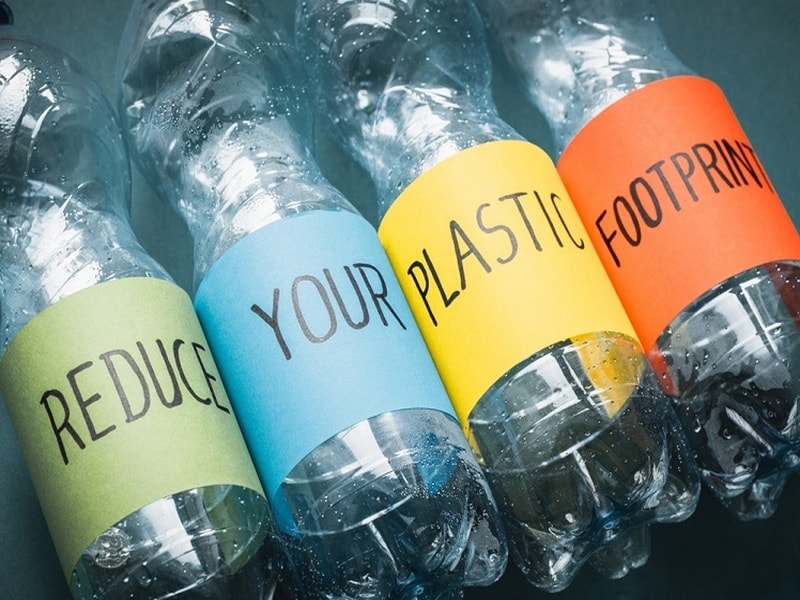
Biodegradable plastics are a cleaner and greener choice than regular plastics. They are made from natural materials and help keep the planet safe in many ways. Here are some of their main benefits:
- Reduce Plastic Pollution: Biodegradable plastics break down with the help of micro-organisms, reducing plastic pollution in landfills and the marine environment. They are less harmful to marine life than conventional plastics made from fossil fuels.
- Faster Decomposition: Biodegradable polymers like polylactic acid and compostable plastics decompose faster than petroleum-based plastics, especially in an industrial composting facility or composting environment.
- Less Landfill Waste: Biodegradable materials made from renewable raw materials, such as plant waste or potato starch, reduce municipal solid waste by turning into compost instead of piling up in landfills.
- Eco-Friendly Packaging: Biodegradable and recyclable plastics are now used in food packaging and packaging materials, replacing non-biodegradable plastics and reducing greenhouse gas emissions from plastic production.
- Better Waste Management: Biodegradable bioplastics support cleaner waste streams. When composted with food scraps, they reduce toxic chemicals and help cities meet renewable energy and sustainability goals.
Challenges of Biodegradable Plastics
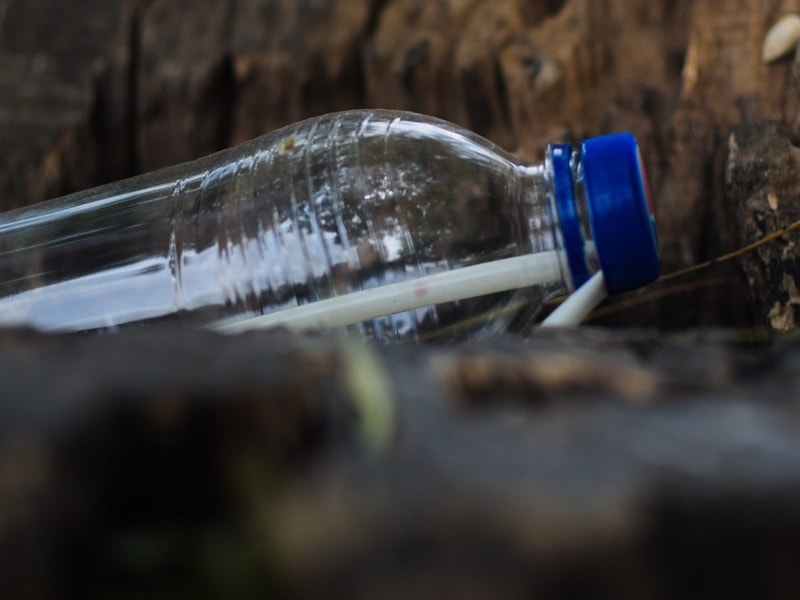
Even though biodegradable plastics help reduce plastic pollution, they also come with some challenges:
- Slow Breakdown in Landfills: Biodegradable plastics often fail to break down in landfills because the composting conditions, like oxygen, heat, and moisture, are missing. Without the right composting environment, even compostable plastics stay intact for years.
- High Production Costs: Making biodegradable plastics from renewable raw materials like plant material or potato starch costs more than producing conventional plastics made from crude oil. Since petroleum-based plastics are cheaper to make, many companies still choose them over biodegradable bioplastics.
- Misleading Labels: Some plastic products are labelled as “biodegradable” or “oxo-degradable,” but they only break down quickly in special settings like industrial composting facilities. In landfills or nature, they can last for years. This misleads people and adds to plastic waste and recycling problems.
Suitable Biodegradable Plastic Products
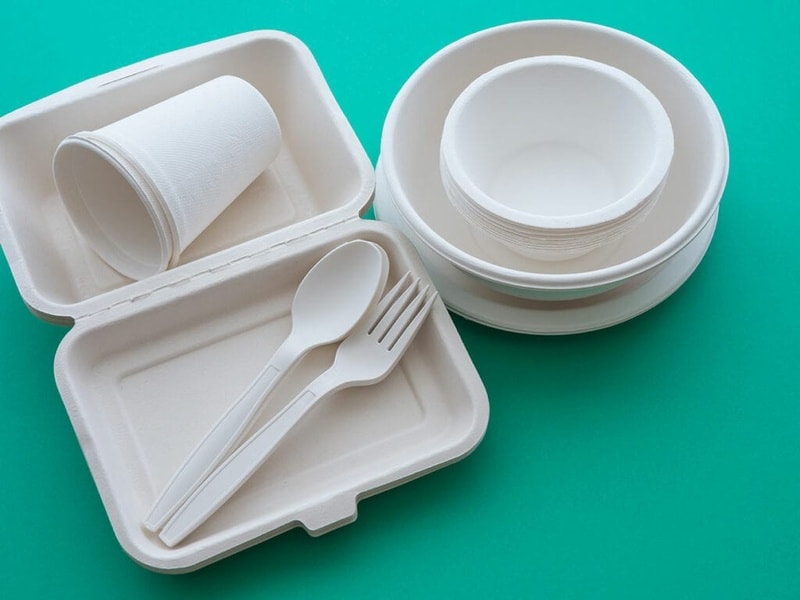
Many everyday items are now made from biodegradable plastics instead of durable plastics made from fossil fuels. These products often come from natural origins like corn starch or plant materials and are safer for the environment.
- Biodegradable Shopping Bags: Many grocery stores now offer biodegradable shopping and shipping bags instead of low-density polyethylene plastic bags. These bags break down faster and help reduce the use of petroleum-based plastics. They are made from polymeric materials with natural origins and still have strong mechanical properties like traditional plastic.
- Eco-Friendly Food Packaging: Biodegradable plastics are used to make food containers, wrapping films, and take-out boxes. These packaging materials are often packaging recoverable and safer than conventional ones made from inorganic compounds or natural gas. Some even use vinyl alcohol blends to improve strength and flexibility.
- Personal Care Items: Companies now make biodegradable toothbrushes, dental floss, and cosmetic containers using plant-based polymer molecules. These products perform well while being less harmful to the environment.
- Disposable Tableware: Plates, cutlery, and straws made from biodegradable plastics are becoming common at parties and events. They are lightweight, strong, and break down more easily than non-biodegradable, durable plastics.
The Future of Biodegradable Plastics (What Companies, Consumers, and Manufacturers Should Know)
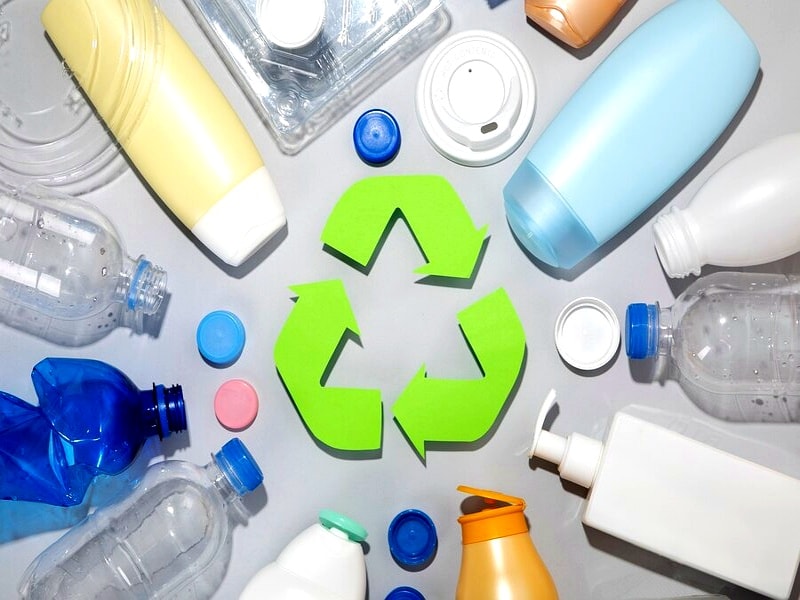
Biodegradable plastics are getting better every year. Factories and manufacturers in China and around the world are working to improve how these plastics are made. They are finding new ways to use natural materials like plant waste and are making sure the plastics break down faster and more safely in the environment.
Consumers also play a big role in this change. When people choose eco-friendly products over regular plastics, they encourage suppliers and vendors to stock more sustainable options. This pushes more companies to go green.
Many businesses now see the benefits of switching to biodegradable plastics. By using bulk or custom biodegradable packaging, companies can reduce plastic pollution and meet the growing demand for green products. Wholesale suppliers and factories are also making it easier and cheaper to find biodegradable options for everything from food packaging to shopping bags.
In the future, with better technology and strong support from consumers, biodegradable plastics will become a smarter and more common choice for companies everywhere.
Frequently Asked Questions (FAQs)
What is the difference between biodegradable and degradable plastic?
Biodegradable plastic breaks down naturally with the help of microbes. Degradable plastic only breaks into smaller pieces but doesn’t fully disappear.
How long does biodegradable plastic take to break down?
It can take a few months to a few years, depending on the material and conditions.
Can biodegradable plastics be composted at home?
Some can, but many need high heat in an industrial composting facility to break down properly.
Are biodegradable plastics more expensive than regular plastics?
Yes, they usually cost more because they use natural materials and special processes.
What products are made from biodegradable plastics?
Bags, food containers, plates, straws, toothbrushes, and other packaging items.
Conclusion
Switching to biodegradable plastics helps reduce the harmful impact of traditional plastic waste on our land, oceans, and wildlife. These eco-friendly options break down faster, release fewer toxic chemicals, and use renewable raw materials instead of fossil fuels like crude oil and natural gas.
By choosing biodegradable materials for your business, home, or daily use, you support cleaner waste streams, better recycling, and a healthier planet. And now that you understand the benefits, try replacing one everyday item, like plastic bags or food containers with a biodegradable option.
If you would like to learn more, explore our guide on eco-friendly livingto help your brand or household go green.
Call-to-Action
Support a greener future by choosing biodegradable plastics made from natural materials. They break down faster and help reduce plastic pollution. As a trusted manufacturer with over 15 years of experience, itendee.com provide high-quality, custom biodegradable products in bulk from China. Ready to make the switch? Download our catalog or request a free quote today.

